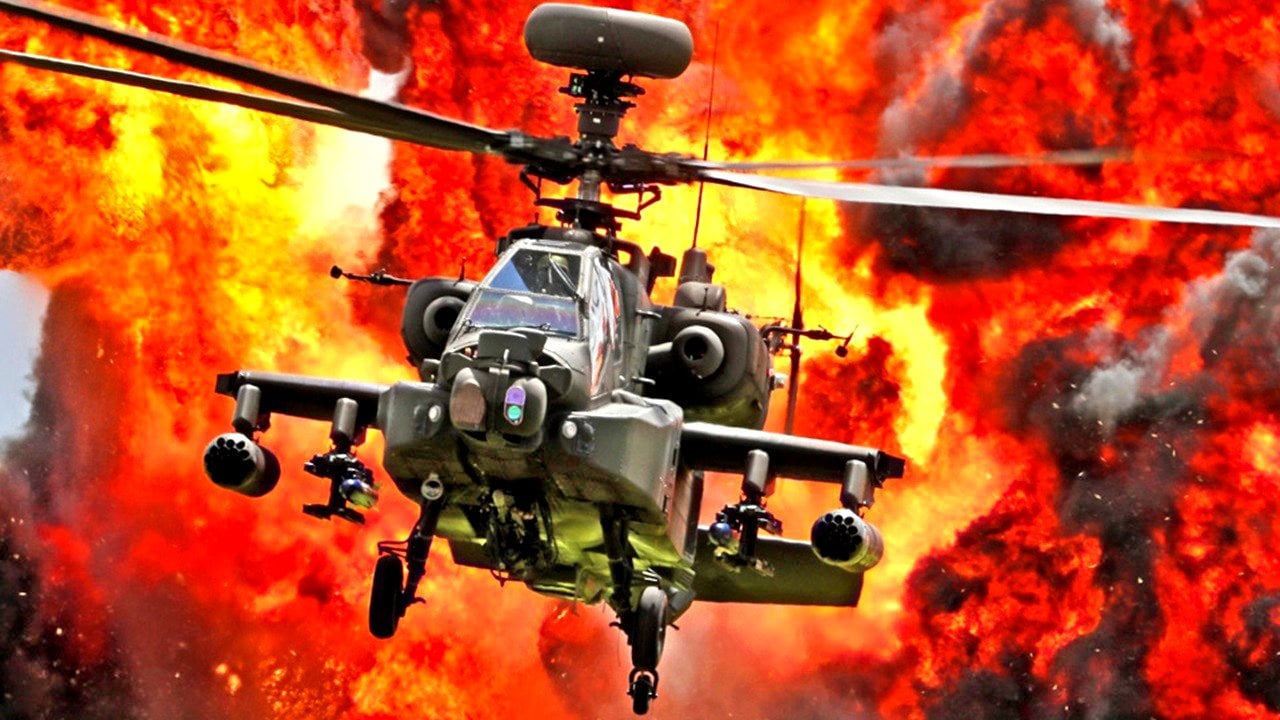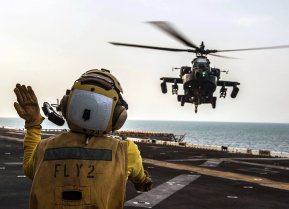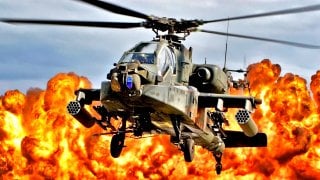After $2.4 Billion Spent, the U.S. Army Kills the FARA Helicopter
The U.S. Army will need to invest heavily in fielding a variety of sensor-packed UAVs to support ongoing air operations in the decades to come, lest it find itself relying heavily on 20th-century platforms in a 21st-century fight.
Last Thursday, the U.S. Army announced it would cancel its next-generation Future Attack Reconnaissance Aircraft (FARA) helicopter program after having invested some $2.4 billion into its development since 2018. This makes FARA the third canceled effort to field a replacement for the Army’s already-retired OH-58 Kiowa Warrior Scout helicopter, which departed service in 2019.
The decision to cancel FARA was announced alongside plans to retire the Army’s standing fleets of RQ-7 Shadow and hand-launched RQ-11 Raven UAVs, and to terminate production of the UH-60V Black Hawk meant to replace the UH-60L. (The Army has selected Bell’s tilt-rotor V-280 Valor, which will enter service in the 2030s, to replace the Black Hawk.) These changes and others suggest the Army is shifting away from the “divest to invest” approach to procurement – whereby older platforms and systems are phased out in favor of funding the development of new ones – for a more hedged-bet approach that attempts to balance the needs of the Army in the next decade against the potential for conflict in this one.
“We absolutely are paying attention [to world events] and adjusting, because we could go to war tonight, this weekend,” the head of Army Futures Command, Gen. James Rainey, told reporters on Thursday.
In the case of FARA, which aimed to field a small helicopter for scouting and light attack duties, the Army now believes it can save the estimated $5 billion they had earmarked for continued development by passing the role off to a variety of low-cost UAVs.
“We are learning from the battlefield – especially Ukraine – that aerial reconnaissance has fundamentally changed,” Army Chief of Staff General Randy George said in a press release. “Sensors and weapons mounted on a variety of unmanned systems and in space are more ubiquitous, further reaching and more inexpensive than ever before,” the general added.
Retired Army Major General John Ferrari wrote in support of this decision in a piece published by Breaking Defense on Friday. Ferrari argued that FARA’s cancelation will fund continued production of the Boeing CH-47 Chinook, which he characterizes as “an enduring workhorse that many in the Army had wanted to cancel.” The general also suggested that some of those saved funds will likely be allocated toward pay increases for the troops, as Congress has mandated a five percent increase in pay, with only a one percent increase in the topline budget.
“The path forward for the Army within armed attack and aviation now appears to be a mix of enduring aircraft – of which the Apache is the best in the world – space, and unmanned systems,” General Ferrari wrote.
While the reasoning provided by these current and former officials is sure to resonate with some, others will likely take great issue with yet another multi-billion dollar effort to field a scout helicopter being tossed aside. In 2004, the Army canceled the stealth RAH-66 Comanche, meant to replace the OH-58, after $7 billion invested and more than a decade of development. Four years later, the Army canceled its second effort to replace the OH-58 this time with the ARH-70A Arapaho, after having invested between $2 and $6 billion in development.
These developmental efforts may not have resulted in operational rotorcraft but likely informed some aspects of future endeavors. Stealth technologies developed for the Comanche, for instance, were reportedly rolled into the construction of the classified stealth Black Hawk helicopters used in the 2011 Bin Laden Raid. Nonetheless, yet another multi-billion dollar cancellation is sure to ruffle many budget-minded feathers.
In his piece, General Ferrari champions the idea of long-serving rotorcraft being updated for near-future conflicts, but offers a level of optimism that may not be shared by everyone within the Defense apparatus.
“First, on the Apache, Boeing and the Army should be investing heavily in artificial intelligence and gunner/pilot assisted technologies. The Apache is likely to be flying for the next two decades and with software upgrades, it can and will be an important part of the Army’s arsenal,” General Ferrari wrote.
The AH-64 Apache has been flying in one iteration or another since 1975, making its design nearly half a century old today, and 70 years old in the 2040s when Ferrari envisions its continued importance.

It would seem, then, that the U.S. Army will need to invest heavily in fielding a variety of sensor-packed UAVs to support ongoing air operations in the decades to come, lest it find itself relying heavily on 20th-century platforms in a 21st-century fight.
About the Author
Alex Hollings is a writer, dad, and Marine veteran.
This article was first published by Sandboxx News.


